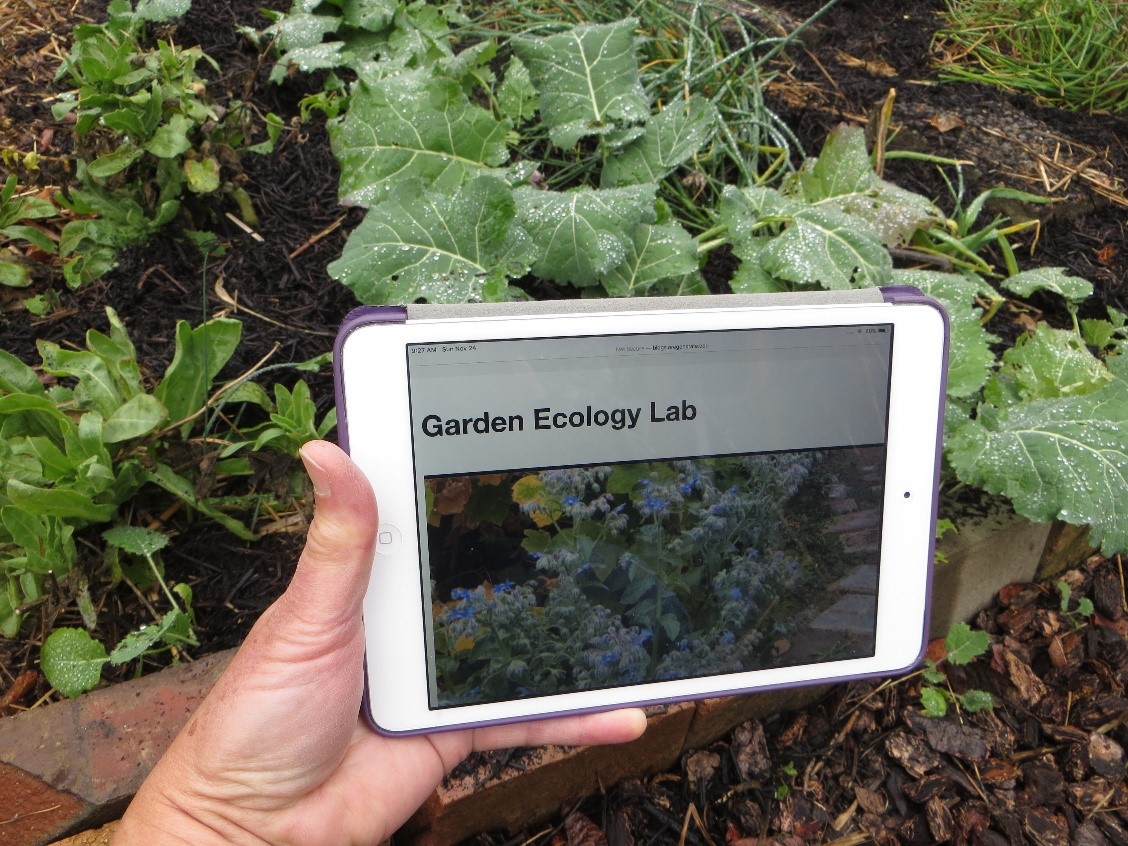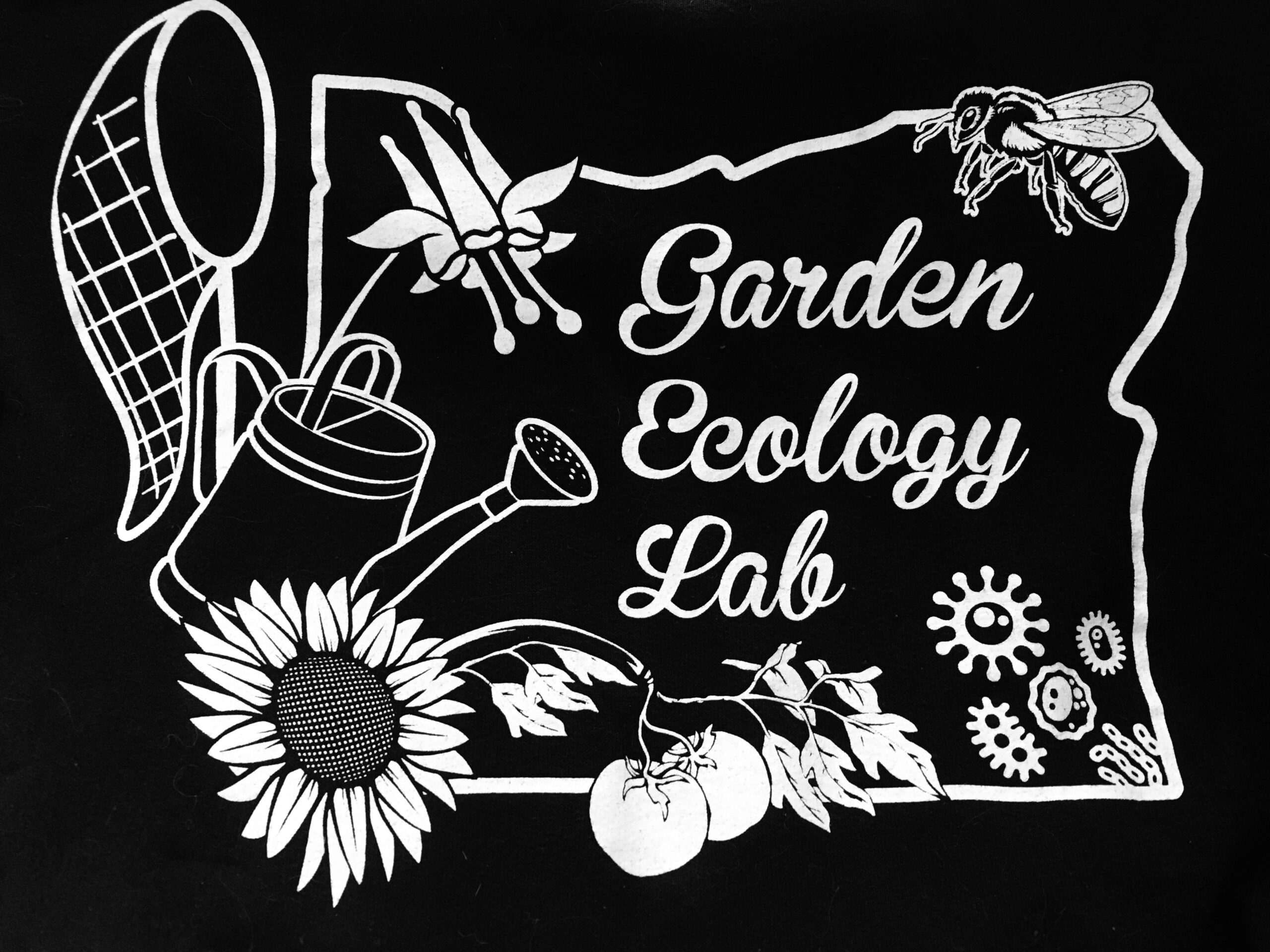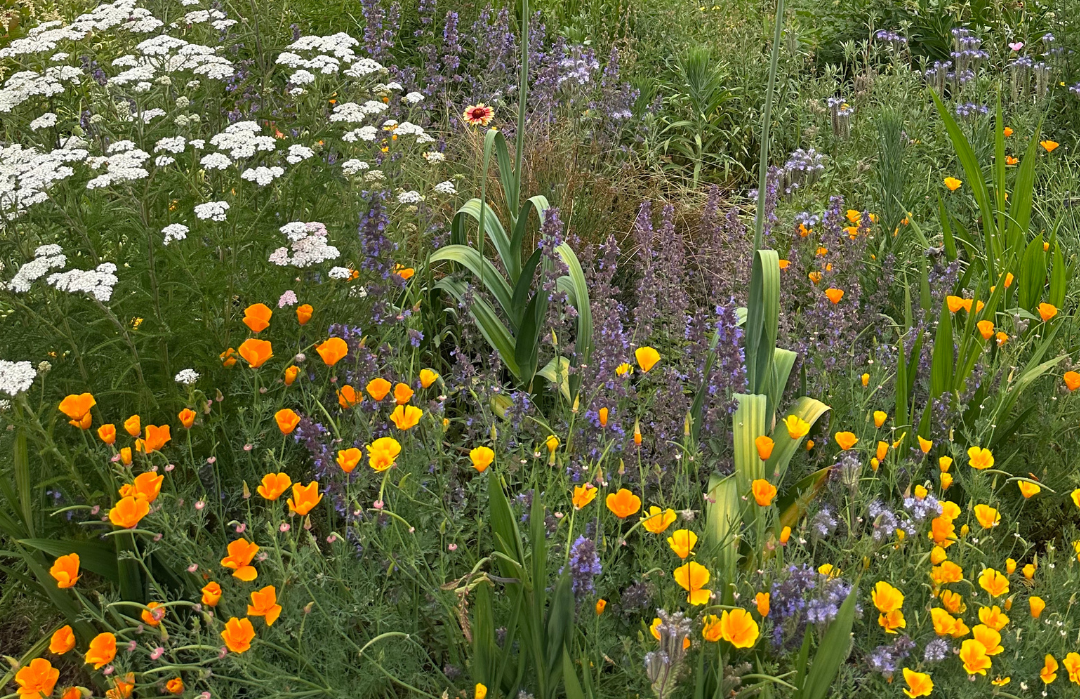Flowers and bees have one of the most well-known symbiotic relationships ever formed. Flowers rely on bees for pollination, and bees rely on flowers for nectar and pollen. It is generally understood that flowers act as advertisements to attract bees. However, less is known about what exactly bees are seeing and how that can change once humans get involved. This project is focused on the changes that can arise after a plant is cultivated, and how these changes can affect pollinator preference of a flower.
While changes made by breeders might not seem all that drastic to our eyes, we have little idea if that is the case for bees. Often breeders will change flowers for aesthetic purposes. This can have unknown consequences. These changes might not seem like such a big issue since the flowers are still colorful. However, bee vision is very different from humans, with bees having the ability to see into the UV spectrum. This means that while we might think we are only changing the bloom size or the color, we could also be unintentionally changing UV messaging visible only to the bees.
The purpose of this study is to use UV photography to explore these invisible differences between the native and cultivar. We also want to determine if the differences have a tangible impact on pollinator preference. This study is ongoing, but the images so far have shown a few native/cultivar sets that have a marked difference in UV markers between native and cultivars. While the study has only just started, our excitement and curiosity have not abated. This is an entirely new foray into pollinator relationships and mechanisms and could open up the world of bees and flowers in a brand new way.






2 Comments
Add Yours →This is a great idea for a study. I’m sure there will be great interest in the results when they are in. I hope you will keep us posted as you go along.
Seems that I’ve recently read an article pointing out that native pollinators prefer native plants over invasives and cultivars. This research could/should give credence to that research.